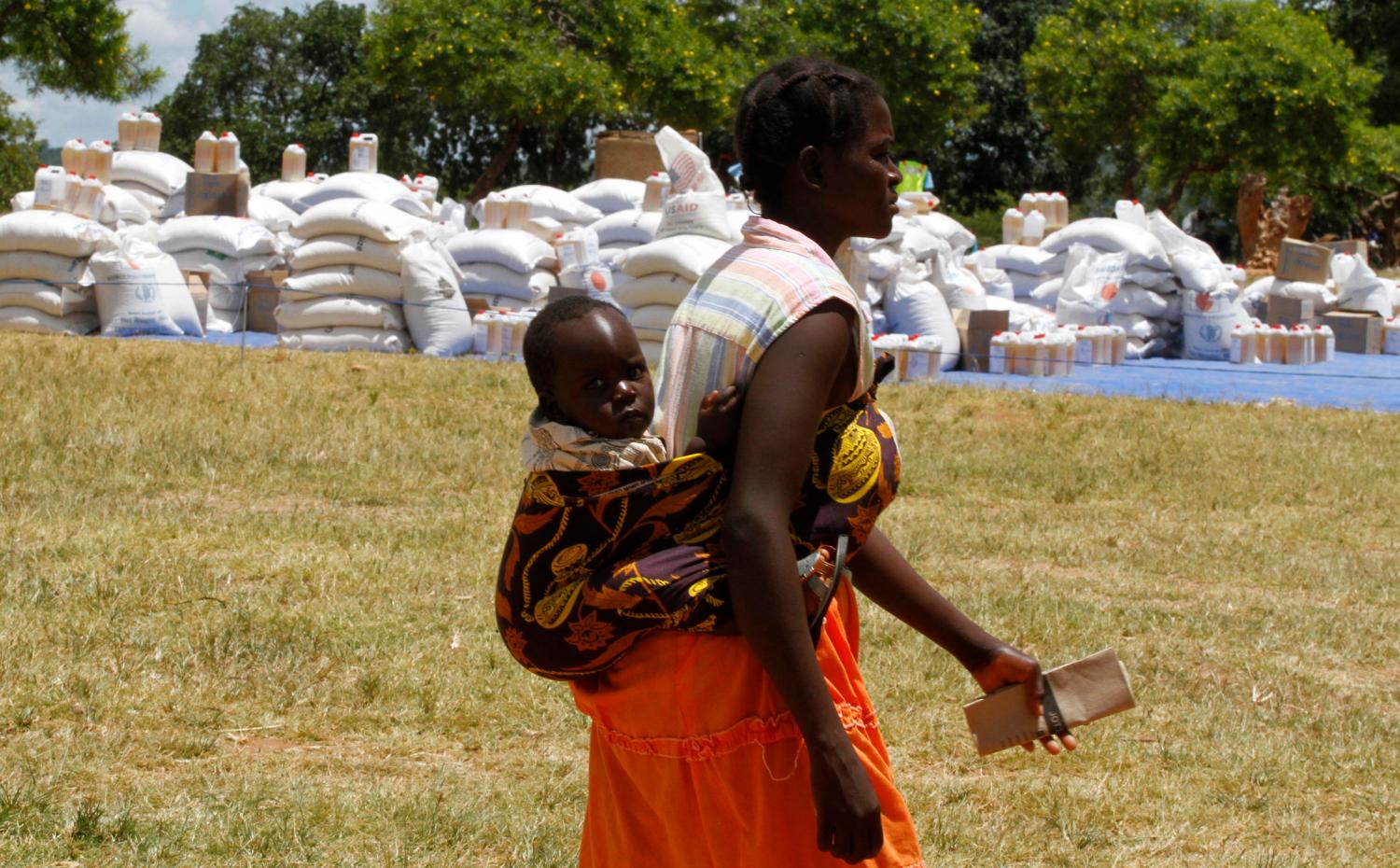Introduction
Opportunities for employment, or the lack of them, have long been a central interest of African governments, young people, and their families. Youth employment1 is also currently the subject of considerable policy, research, and practitioner interest (e.g., CTA et al., 2014; Filmer and Fox, 2014; IDRC, 2015; Losch, 2016; The World Bank, 2009, 2018; Yeboah, 2018). The “youth employment” crisis now features centrally in most discussions about labor markets and public policy in sub-Saharan Africa.2 The growing momentum behind the idea of “investing in youth” has led to a proliferation of youth-specific and youth-targeted interventions.
However, the framing of the problem as a “youth employment” crisis means many interventions are relatively small and narrowly targeted, especially when international development partners are involved. Many have limited results and fail to address the structural issues that inhibit the creation of quality jobs. The “it’s all about the youth” framing ignores the fact that young people are in fact caught up in a broader African “missing jobs” crisis that reflects fundamental structural constraints within African economies.
We are not the first to raise these concerns and call for structural change to bolster the demand side of the labor market (Betcherman and Khan, 2018; Filmer and Fox, 2014; Flynn et al., 2017). It is also the case that, outside the youth employment discussion, much has been written about the need to increase employment opportunities for all Africans (Monga et al., 2019).
The contribution of this paper is to bring together evidence from a wide range of sources; indicate where the evidence supports the current policy orthodoxy and where it does not; and map out an alternative policy narrative and policy landscape. There is no doubt that too many young people have difficulty finding work that provides a satisfactory livelihood. However, we argue that this is only one aspect of the broader employment crisis. In other words, the problem is with the economy and “missing jobs” for everyone—not just for young people.
In this paper, we critically interrogate the dominant narrative about youth employment in sub-Saharan Africa, looking across five dimensions: demography, violence and civil unrest, training and skills, entrepreneurship in the urban service economy, and the rural economy. This dominant narrative may be summed up as something like: There are (too) many young people in sub-Saharan Africa; when “idle,” they are easily drawn into crime and violence; they can’t get the jobs that are available because they lack technical and soft skills and therefore need training; they are innately innovative, and therefore their entrepreneurial potential needs to be awakened; and they are averse to agriculture. This narrative suggests that the crisis is very much “youth-specific” (Irwin et al., 2018): Young people are both the problem and the solution, and thus youth-specific or youth-targeted interventions must be prioritized.
We propose a counternarrative that locates the fundamental problem not with young Africans, but with the structure of African economies, which provide far too few opportunities for decent work for people of all ages. Thus, the so-called youth employment problem cannot be solved in isolation from the major economic challenges that countries face today. Indeed, a focus on youth-targeted interventions actually distracts policymakers and stakeholders from developing the policy agenda for structural change. Only a wider set of policy options that give priority to tackling broader structural issues has the potential to deliver much bigger results, for people of all ages.
-
Footnotes
- In this paper, youth is defined as people between the ages of 15-24. Recognizing that youth is a social construct, and not all youth transition into adulthood at the same time or in the same way, we nonetheless find that the U.N.’s demographic designation of youth as within the age range of 15-24 provides enough homogeneity with respect to challenges and opportunities in the labor market, as well as public policy and programmatic initiatives, to be useful for this paper.
- In this paper, the term “Africa” refers to sub-Saharan Africa only.
The Brookings Institution is committed to quality, independence, and impact.
We are supported by a diverse array of funders. In line with our values and policies, each Brookings publication represents the sole views of its author(s).











